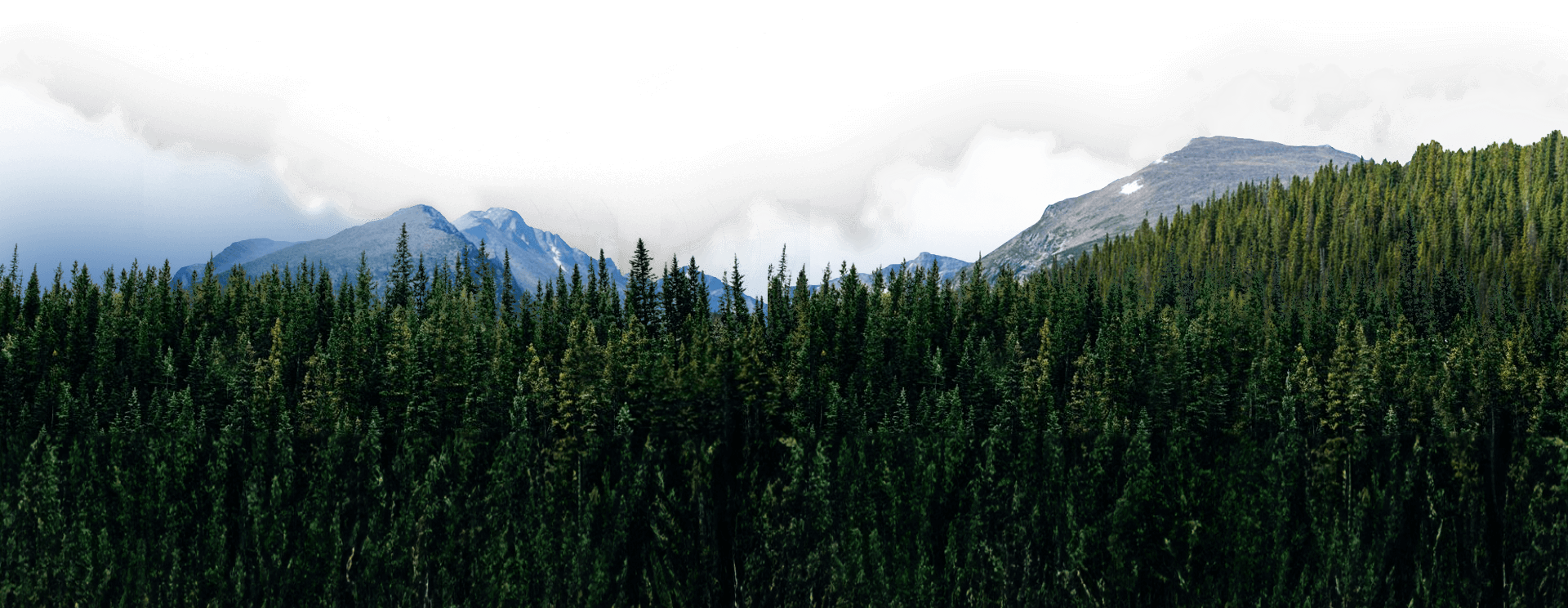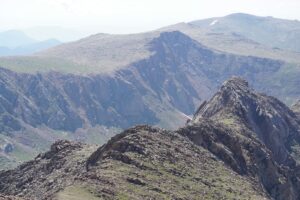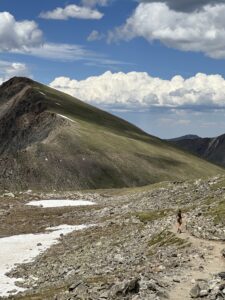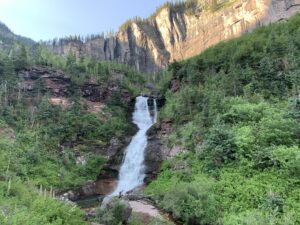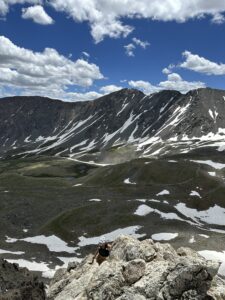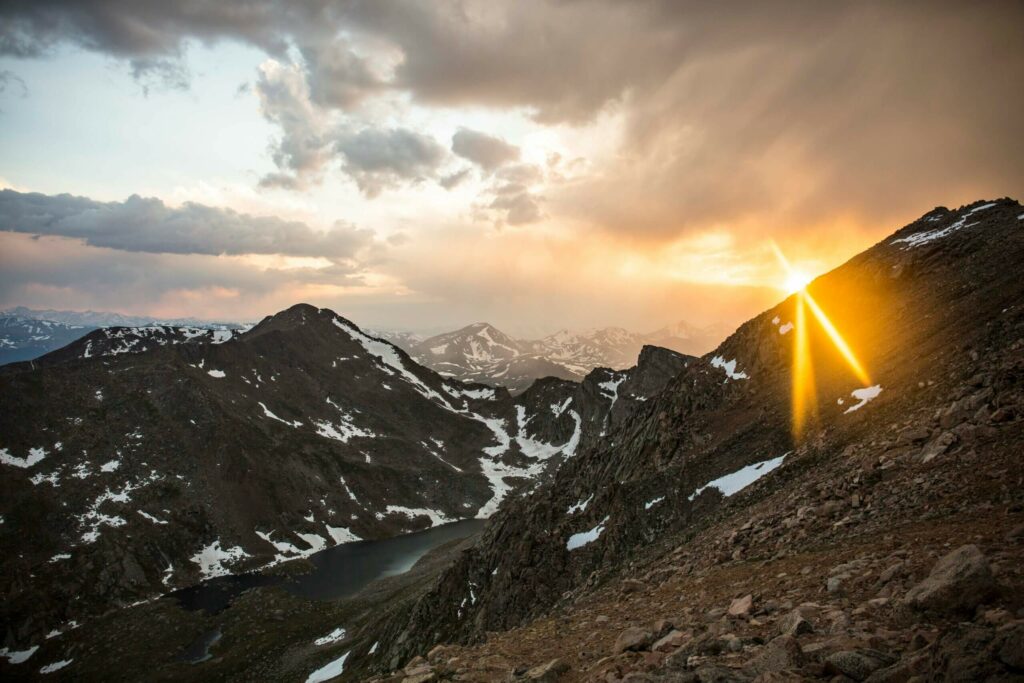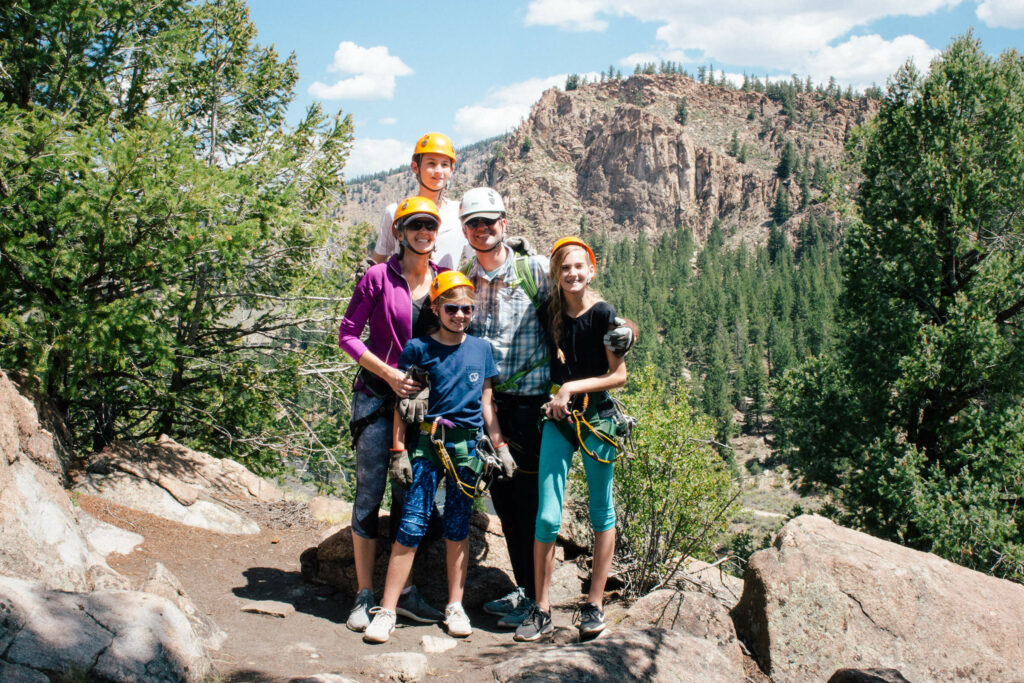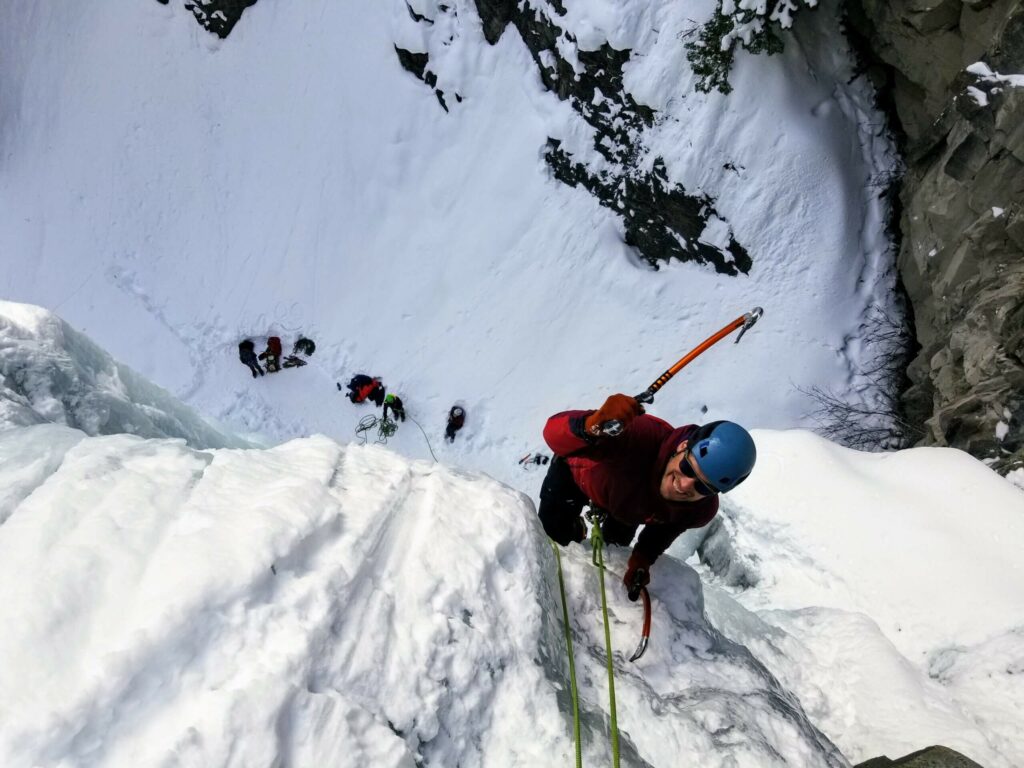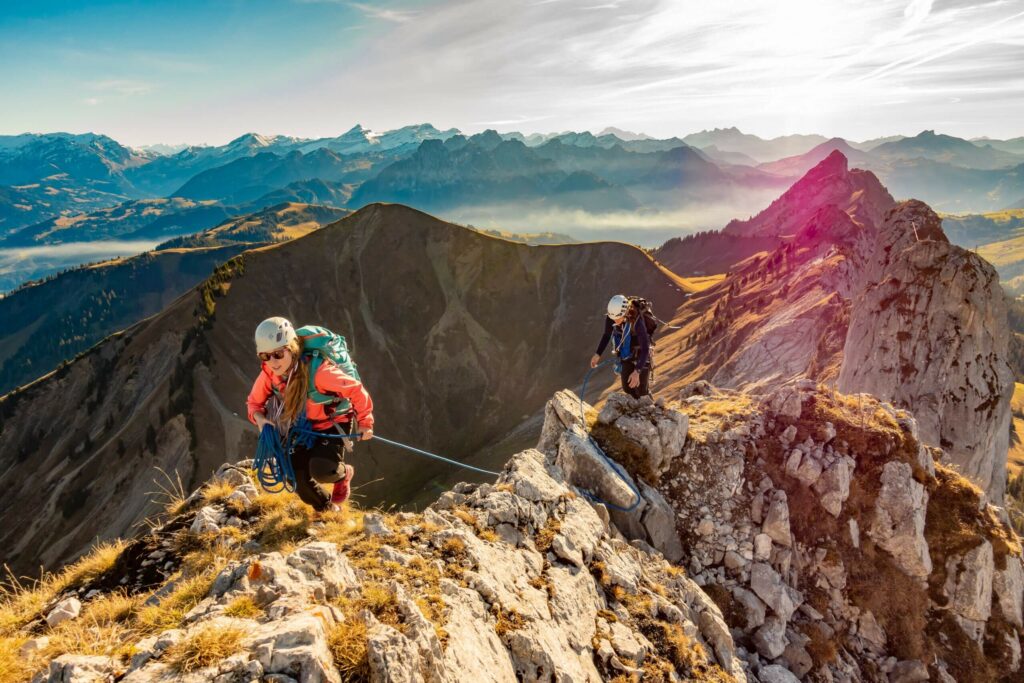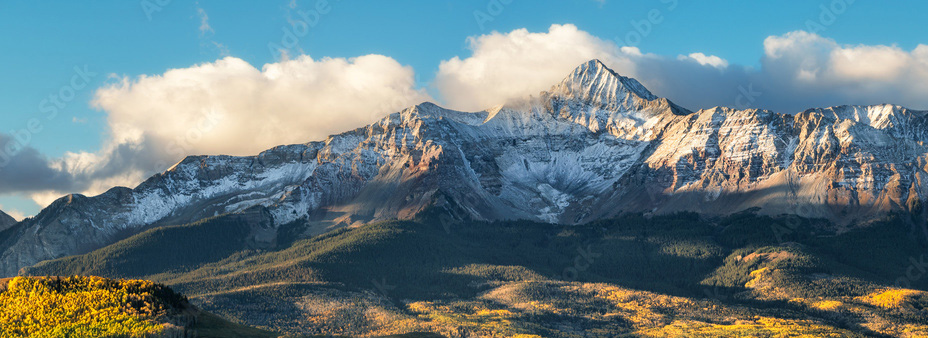Many avid and novice hikers alike view Colorado’s 14,000-foot peaks— known as “14ers” — as the ultimate challenge, setting out to conquer one or all 58 of them. Colorado also has the most 14,000-foot peaks of any other state, with these mountains offering the highest vantage points in the Rocky Mountains.
Some of Colorado’s most well-known 14ers include Mount Elbert (the state’s tallest), Mount Bierstadt, Mount Harvard, Grays Peak, Torreys Peak, and Pike’s Peak. Many set out on a quest to summit all 58 of them, or sometimes, all 58 in just one summer.
Not only do these peaks present an endurance challenge, but their higher altitude can prove difficult for both novice and experienced hikers. Colorado’s 14ers may also include class 2 through 4 climbs, with helmets and other gear sometimes required.
Why climb a 14er?
Accomplishment
For those looking to reach specific hiking goals or achieve a certain level of endurance, 14ers offer the chance to check off a bucket list item (or a few). It is about the present hike or climb, as well as a longer-term goal.
Endurance Training
14ers are undeniably difficult hikes and represent a test of endurance. Some may view these peaks as a means for training, and ultrarunners will run instead of hike 14ers to tackle mountains with lots of vertical gain.
Read more about running 14ers.
Accessibility
As Owen Clarke notes in his article for Climbing Magazine, 14ers are an accessible adventure option, much more so than rock climbing which requires extensive gear and knowledge. All you really need to hike these magnificent mountains are some good hiking boots, a means to get there, and a decent level of fitness.
Why Avoid Colorado’s 14ers?
Crowds
There’s no doubt that 14ers are popular for these reasons above, and visitors and locals alike flock to climb these mountains, especially during the summer hiking season. Not only is it rare to experience a peaceful hike, yet these crowds can cause additional repercussions. Increased use leads to trail erosion, as well as animal disturbances.
Scenery
Yes, Colorado’s 14,000-foot peaks do reap incredible views from the top, but on the way to the top, the scenery generally stays the same. Most of these peaks begin at a higher altitude already, and the trek starts and continues in a high alpine environment. When hiking, you can expect to climb through rock fields and scree with fewer trees and rarely lakes or waterfalls.
Colorado’s Abundance of Mountains
There are so many mountains and hikes in Colorado, with 14ers making up a small percentage of these. In comparison, Colorado has 637 13ers—peaks between 13,000 and 13,999 feet high. These peaks often offer the same challenge and views as 14ers without all the crowds. In addition to 13ers, Colorado also is home to diverse hiking opportunities and include mountains, meadows, waterfalls, alpine lakes, and more.
Colorado 13ers to Check Out
Here’s a list of some of our favorite 13ers. Most of these routes can be made longer by combining them with other trails. Check AllTrails for a variety of options!
James Peak
13,294’
James Peak Wilderness (Front Range)
A little over an hour from Denver
Mount Spalding
13,863’
Mount Blue Sky Wilderness (Front Range)
1 hour and 20 min. from Denver
Mount Sniktau
13,240’
Arapaho National Forest (Front Range)
1 hour, 15 min. from Denver
Stewart Peak
13,983’
La Garita Wilderness (San Juan Range)
5 hours, 20 min. from Denver
Mount Ouray
13,961’
San Isabel National Forest (Sawatch Range)
3 and a half hours from Denver
Mosquito Peak
13,781’
White River National Forest (Mosquito Range)
2 hours from Denver
These 13,000 foot peaks are also only a starting point! With so many Colorado trails to explore, we have too many favorites to list — whether they reach 14,000 feet or 9,000 feet. And for looking for a new challenge or to explore Colorado’s mountains with a guide, a Via Ferrata adventure is another exciting outdoor adventure! Join us at our Mount Blue Sky course in Idaho Springs or our Granite Via Ferrata course in Buena Vista. Book your trip today and try out this mountain adventure for yourself.
Written by Rosa Canales, Copywriting Marketing Specialist
